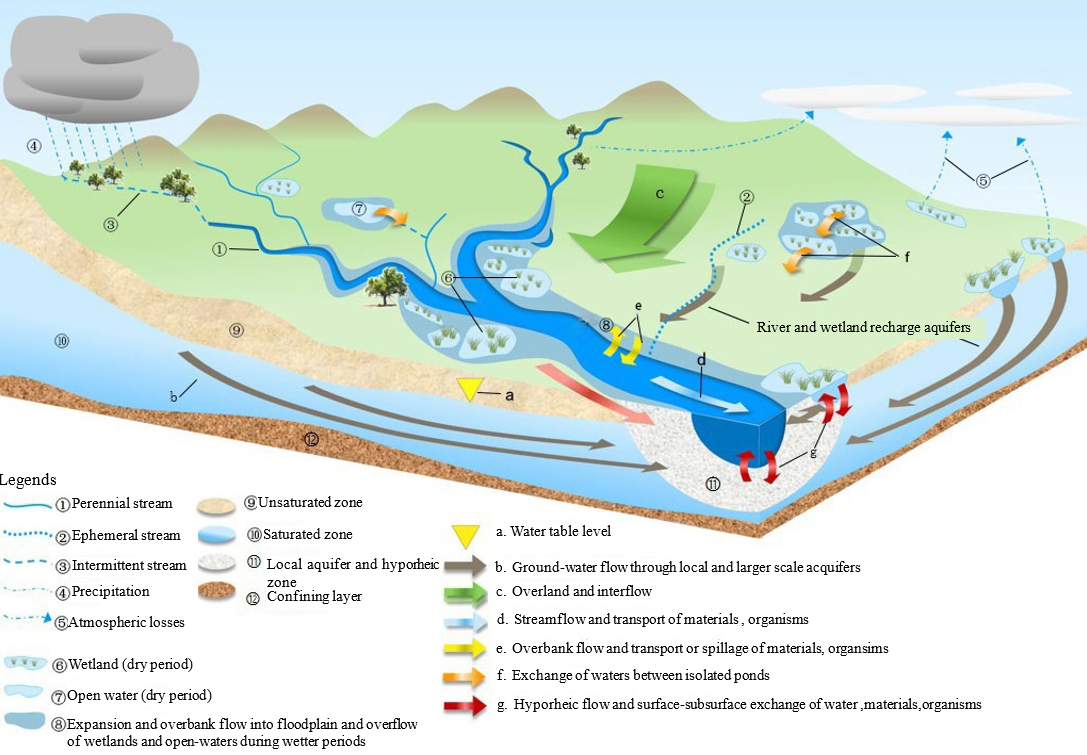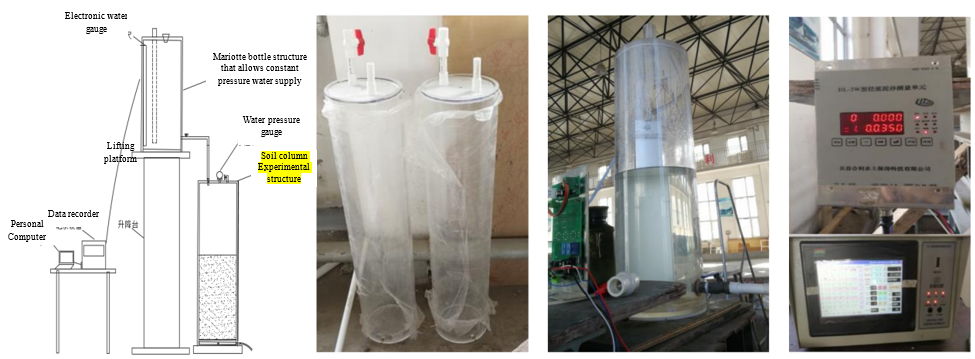Main Participants: ZHAO Jinyong, ZHANG Jing, PENG Wenqi, DONG Yanjun, ZHAO Xianfu, JIANG Yong, LIU Yesen, CHEN Huawei, HAN Lei, FENG Shunxin, LIU Jin, FU Yicheng
River-lake water system connectivity is an important approach to solve problems such as water shortage, water security threats, water environmental pollution and water ecological damage. In recent years, the Ministry of Water Resources (MWR) has made arrangements for the research on river-lake water system connectivity strategies, while local authorities have also successively engaged in the relevant practice and gained useful experience. However, given the complexity of river and lake systems in hydrology, water environment, topography and geomorphology, regional economy and other aspects, there is still a lack of adequate understanding of river-lake water system connectivity and its environmental impact. Therefore, it is imperative to carry out key planning technical research on ecological connectivity focusing on the restoration and protection of water ecology and environment, while taking into account water resources allocation, flood control and disaster mitigation. This project starts with the research , demonstration and application of the basic theory, technology, engineering system and assessment of river-lake water system connectivity.
· Research on the theoretical system of river-lake water system connectivity in light of the principle of ecosystem integrity;
· Carrying out research and development of key technologies such as the survey and analysis technology of ecological connectivity, the model of connectivity analysis, the relevant engineering technology system and the evaluation of the connectivity effects;
· Demonstration and application in typical areas;
· Having proposed a model of Three types flows via four dimensional connectivity ecological, identifying three type of ecological process, including material flow, species flow and information flow, and revealing the evolving features and patterns of river system at four dimensions, i.e., longitudinal, lateral, vertical and temporal;
· Having formed a set of technologies for quantitatively characterizing the physical structure connectivity of river and lake systems and the dynamic connectivity of hydrological landscape patterns;
· Having developed a numerical analysis model of water quantity, water quality and water ecology of regional water networks, to which a fish habitat suitability evaluation module is coupled;
· Having independently developed a toolkit of technologies for enhancing three-dimensional spatial connectivity of river and lake systems, which is dominated by natural materials and supplemented by artificial materials;
· Having developed a planning and layout scheme optimization platform for river-lake water system connectivity, which integrates the whole process of water system generalization, connectivity evaluation, predictive analysis and scheme optimization;
Based on the research, the team has taken the lead to prepare the Technical guidelines for river - lake ecosystem conservation and restoration engineering (SL/T800-2020), an industrial standard of the Ministry of Water Resources (MWR) of China, in which a special chapter is devoted to river-lake water system connectivity in the standard. The release and implementation of the standard was reported by the People’s Daily under the title of “Technological Support in Place for Maintaining the Beauty of Rivers and Lakes”. The research results have been applied in eight pilot provinces including Guangdong, Guangxi, Jiangsu, Henan, Shandong, Jilin and Zhejiang since 2017, and have supported MWR in carrying out the special project on water system connectivity.

Fig.1 Schematic diagram of three types flows via four dimensional connectivity ecological model

Fig.2 Several Typical Ecological Revetment Technologies

Fig.3 Experimental Device

Fig.4 Technology Platform for Selection of Overall Layout Scheme of River-lake Water System Connectivity in Yangzhou City